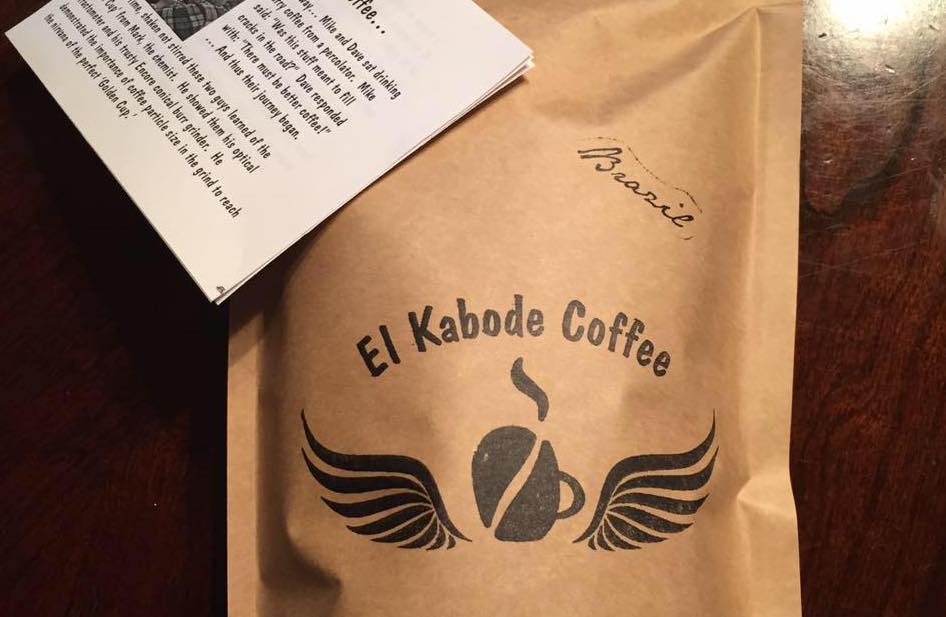El Kabode Coffee started as a quest for two guys looking for a good cup of coffee. In the beginning, we had a countertop roaster that occasionally turned out a decent roast that resulted in a good tasting cup of coffee. Dave would say, “You hit this one out of the park.” I would reply, “Enjoy, because I cannot duplicate it.” Finally, Dave said it was time to take the plunge and buy a commercial roaster. I was nervous. It was a big step investing that kind of capital into a venture for the first time. We found a roaster in Roanoke, Virginia. Brother Howard Finnicum was attempting to roast coffee to support his orphanage in El Salvador. Brother Howard demonstrated the use of the roaster for us to give us an idea of how it worked. There was a thermometer and a quarter-turn ball valve that regulated the gas. The instructions were full blast for 12 minutes then turn the gas back for 2 more minutes. Dump the beans. We loaded the roaster and headed home.
Dave is an engineer. Actually, Dave is a rocket scientist who has put satellites into orbit at NASA Glenn. Dave went to work on the roaster. Dave wrote thousands of lines of code in a program to run the roaster from a computer. He machined parts to hook pneumatics up to the roaster itself for more automation. He made circuit boards and installed probes to communicate with the computer so the coffee roasts repeat and follow a profile curve. He made the modifications to the roaster to bring it from the Stone Age to the space age. This is what Dave does for fun. By doing this, Dave saved 1,000 beans from being roasted and given away, along with a roaster. Roasting coffee to perfection over and over again was made possible by Dave’s expertise.
Now I will tell you about the coffee. Have you ever made caramel on the stove? You heat the sugar to the desired amber color (there is a temperature involved depending on the desired hardness) and add cream and butter. If you go too far you scorch or even burn the caramel. In a coffee bean, which is the seed of the coffee cherry, is that little bit of sugar that will allow the seed to grow when planted in soil. The roaster is programmed to roast to that point of caramelization and dump the beans for cooling. The natural sugars in the coffee are experienced after your cup cools below 170 degrees. A coffee bean is made of cellulose, the same thing a tree is made of. If you over roast your bean, you burn it. When you burn your bean, you roast all the flavors out and it tastes like carbon or ashes. El Kabode Coffee uses an optimum roast to leave the flavors in the bean for you to enjoy. The coffee beans we buy at El Kabode consistently cup above 80. We use a high-quality bean for the best tasting coffee.



